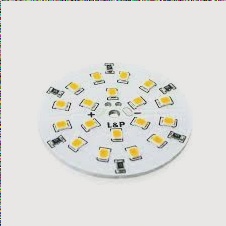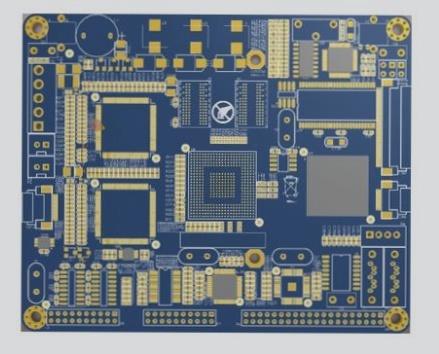Choosing the Right OSP Type for Your PCB
When it comes to OSP materials, there are three main types: Rosin, Active Resin, and Azole. Currently, Azole OSP is the most popular choice due to its high decomposition temperature of 354.9°C, making it ideal for lead-free processes and multiple reflow soldering. Selecting the appropriate OSP type is crucial for successful PCB production.
Controlling OSP Film Thickness and Uniformity
During PCB production, it is essential to strictly control the thickness and uniformity of the OSP film. A balance must be struck – a film that is too thin may crack and thin out, affecting solderability, while a film that is too thick can hinder proper soldering by impeding flux removal.
Factors Influencing OSP Film Thickness
- Degreasing: Effective degreasing is essential for uniform film thickness. Monitoring solution concentration and verifying degreasing effectiveness are critical.
- Micro-etching: Maintaining a consistent micro-etching thickness is crucial for stable film formation.
- Pre-soaking: Pre-soaking prevents harmful ions from damaging the OSP tank solution and accelerates OSP film formation.
- OSP Solution Composition: The concentration of OSP solution components directly impacts film thickness.
- pH Control: pH stability affects film deposition rates and film quality.
- Temperature Management: Precise temperature control is necessary for optimal film formation.
- Dip Coating Time: Controlling dip coating time is crucial for achieving the desired OSP film thickness.
OSP Film Thickness Measurement and Technology
UV spectrometers and FIB technology are common methods for measuring OSP film thickness, with FIB technology offering more direct measurements and aiding in meeting industry standards.
OSP Board Packaging, Storage, and Precautions
Packaging OSP boards in vacuum-sealed bags with desiccants and storing them in controlled humidity and temperature environments is crucial to prevent film damage. Proper storage conditions can extend the shelf life of OSP boards and maintain solderability.
PCB Assembly Best Practices
- Verify PCB packaging integrity and humidity indicator card status before use. Damaged or discolored indicators signal unusable OSP boards, requiring immediate production within 8 hours of opening.
- Maintain SMT workshop conditions at 25±3°C and 50±10% humidity to prevent PCB pad contamination and preserve solderability.
- Mount PCBs promptly for solder paste printing to avoid OSP film damage during cleaning processes. Solder within 2 hours post-cleaning.
- Complete second-side SMT component placement within 24 hours of the first-side placement. DIP components need selective or wave soldering within 36 hours.
- Adjust stencil openings (1:1.05 or 1:1.1 pad ratio) due to poorer solder paste fluidity in OSP-treated PCBs to reduce copper exposure, ensuring proper CHIP component tin bead treatment.
- Minimize OSP board peak temperature and reflow duration during reflow soldering, especially for double-sided panels. Consider using nitrogen to reduce oxidation issues and improve soldering quality.




